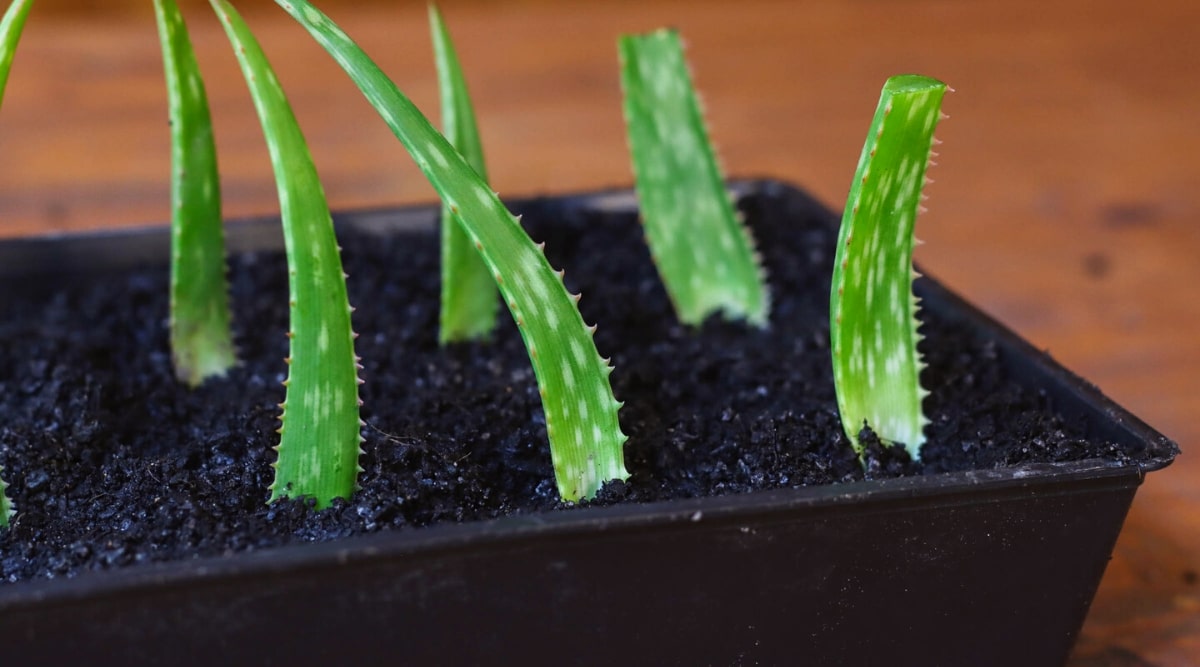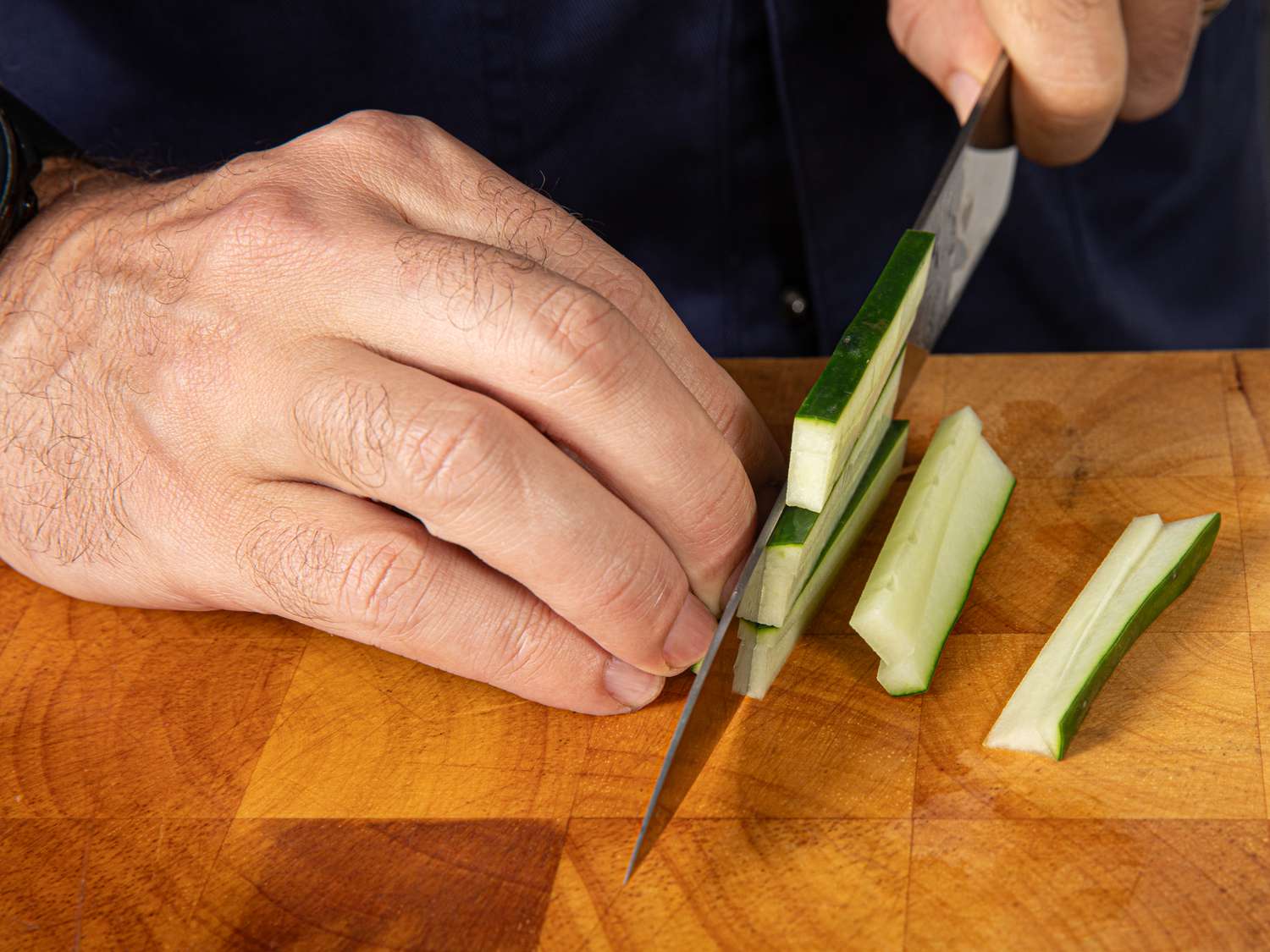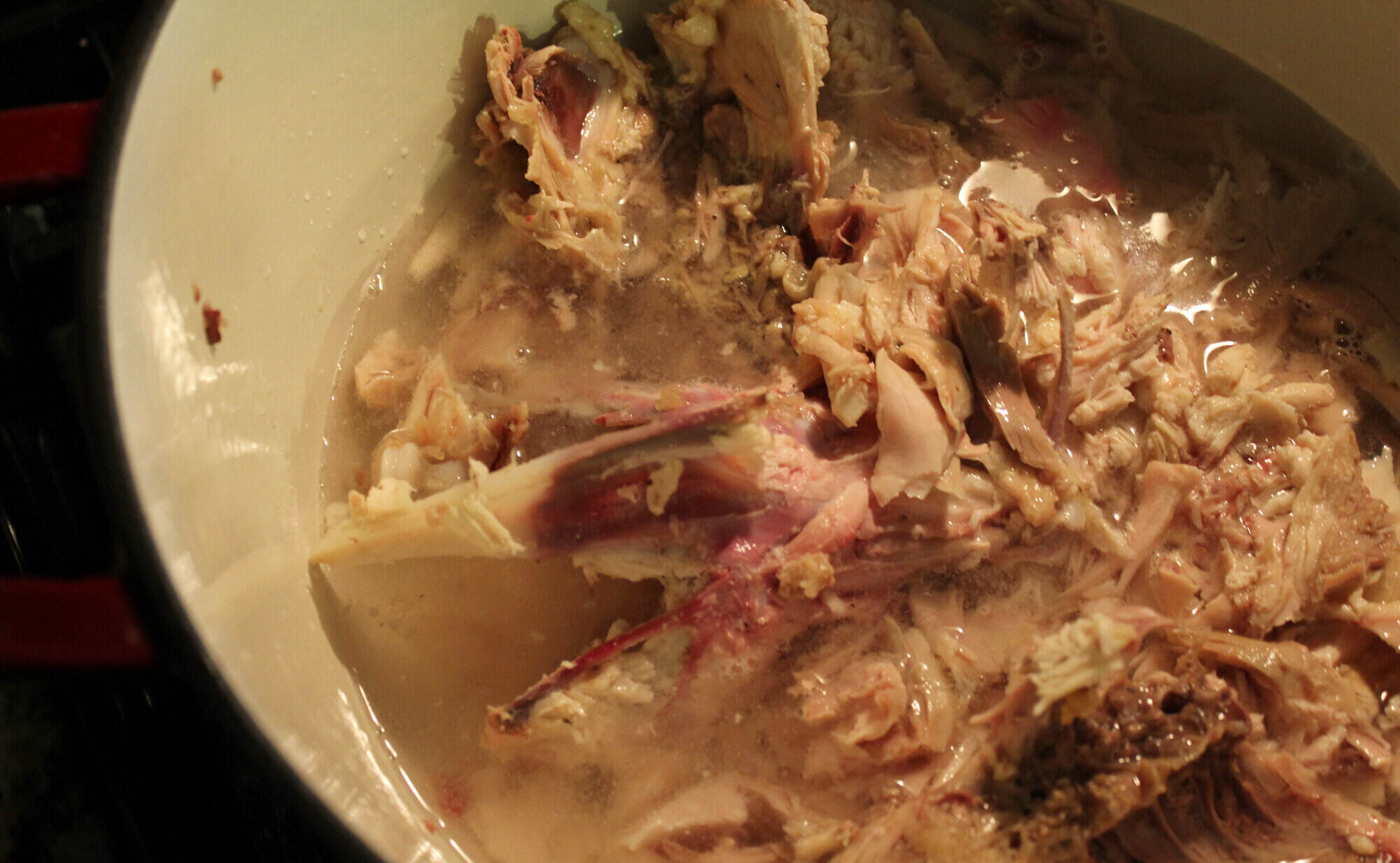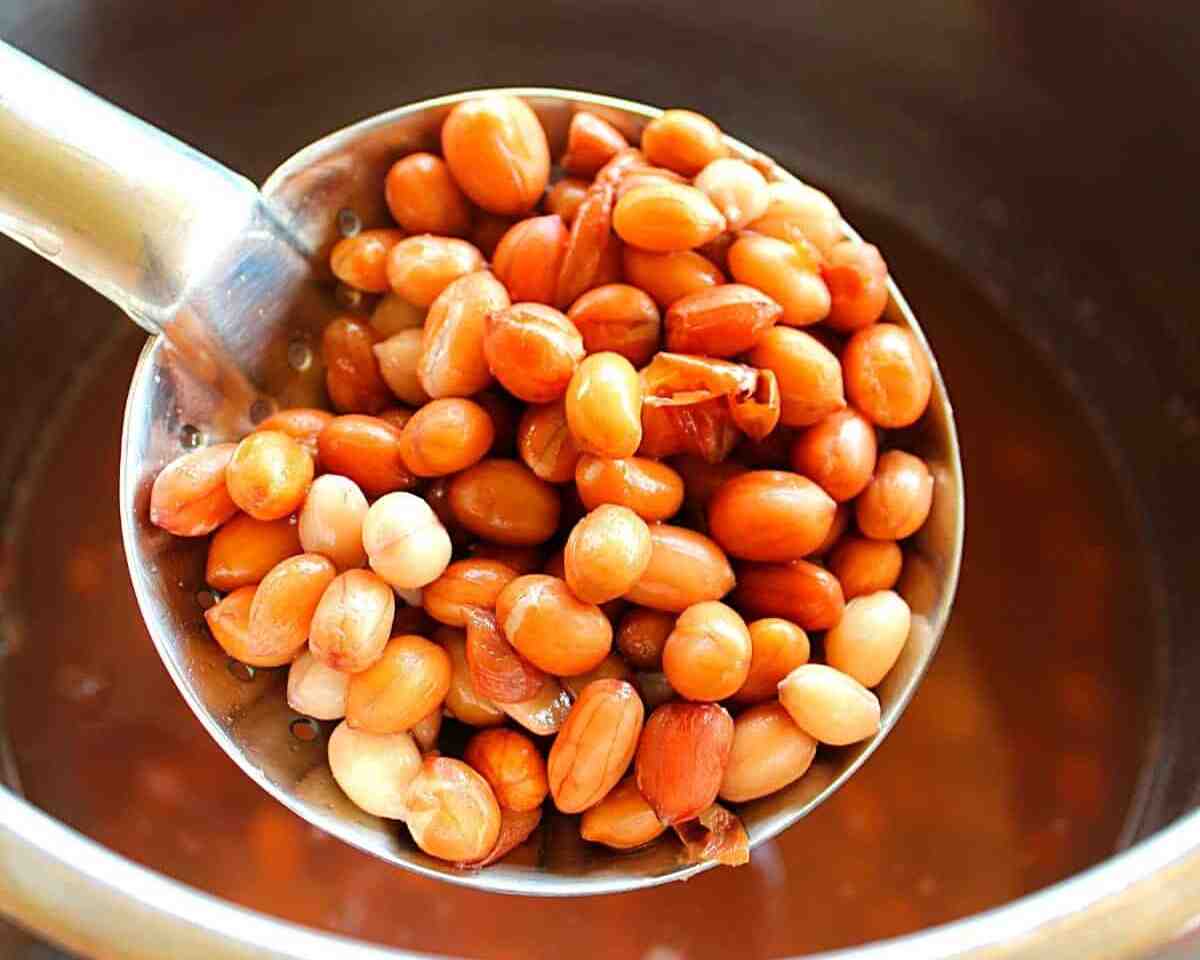How To Cut Acidity In Soup
Acidity in soups can sometimes overpower the flavors, leaving a sour taste on your palate. Whether you accidentally added too much vinegar, lemon juice, or tomatoes, fear not! There are various ways to balance the acidity and bring your soup back to its delicious and harmonious state. In this article, we will explore some simple yet effective methods to cut the acidity in soup, allowing you to enjoy a perfectly balanced and flavorful dish.
1. Add Sweetness
One of the easiest ways to counteract acidity is by adding sweetness to your soup. By balancing out the acidic flavors with a touch of sweetness, you can create a well-rounded taste profile. Here are a few ingredients you can use:
- Carrots: Chop up some carrots and simmer them in your soup. Carrots naturally contain sugar and will help to cut the acidity.
- Onions: Sautéed onions add a hint of sweetness to any dish. They not only balance the acidity but also enhance the overall flavor.
- Honey or Maple Syrup: For a quick fix, a teaspoon of honey or maple syrup can help to neutralize the sourness.
2. Cream or Dairy Products
Milk, cream, or dairy products can be excellent allies in reducing acidity while adding a creamy and rich texture to your soup. Consider the following options:
- Heavy Cream: Adding a splash of heavy cream can help to mellow out the acidity and create a velvety finish.
- Yogurt or Sour Cream: Stirring in a dollop of plain yogurt or sour cream can provide a tangy element while diminishing the acidity.
- Cheese: Certain cheeses like cream cheese or cheddar can help to balance the sourness. Grate or melt some cheese into the soup for a comforting twist.
3. Use Baking Soda
Baking soda is a quick fix solution to neutralize acidity in soup. However, caution should be exercised when using it, as a little goes a long way. Here’s how to use it effectively:
- Dissolve a small amount of baking soda in water to create a paste.
- Add the paste gradually into the soup, stirring well after each addition.
- Taste the soup regularly to ensure you do not overshoot and end up with an overly alkaline taste.
4. Increase Umami Flavor
Enhancing the umami flavor in your soup can help to balance out the acidity by adding depth and complexity. Consider incorporating the following ingredients:
- Tomato paste: A small amount of tomato paste can counteract the acidity while adding a rich umami taste.
- Mushrooms: Sautéed mushrooms can provide a savory boost to your soup, helping to cut through the sourness.
- Fish Sauce: Adding a few drops of fish sauce can intensify the overall flavor and help to mask the acidity.
Remember, always taste and adjust as you go, adding ingredients gradually until the desired balance is achieved. Acidity can vary depending on the specific ingredients used, so it’s essential to trust your taste buds and adjust accordingly.
With these handy tips, you can rescue your overly acidic soup and transform it into a delightful culinary experience. Don’t let a little too much acidity ruin your soup; instead, use these creative solutions to bring back the perfect balance of flavors!
More Delicious Soup Recipes to Try
After mastering how to cut acidity in soup, you can apply these techniques across a variety of recipes to enhance their flavors. A great starting point is the Classic Tomato Basil Soup where the natural acidity of tomatoes can be smoothed out for a richer taste. Similarly, the Lemon Chicken Orzo Soup benefits from acidity adjustments to complement the lemon's tartness with a more rounded flavor profile. For those who enjoy a bit of spice and richness, trying your hand at the Spicy Black Bean Soup and Rich French Onion Soup will allow you to practice balancing the sharpness of the onions and the heat from the spices. Each recipe offers a unique opportunity to apply your newfound skills, ensuring every dish is both delicious and harmonious.
Was this page helpful?
Read Next: How To Cut Tomatoes For Fajitas











